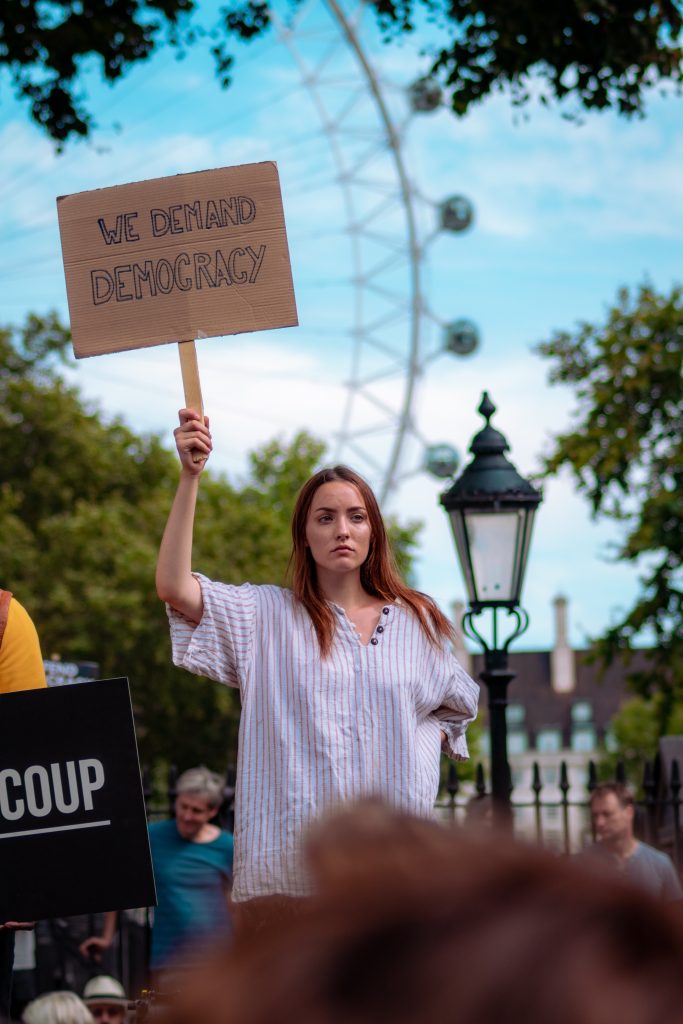
A lot of people are talking about the death of democracy in America lately, but if the 2016 election is any indication of the state of our democracy, the truth is that we don’t really have much of one. We never really have.
Looking back over the rates of participation in presidential elections over the last couple of centuries, it is now just about what it was when it started. The first recorded election in 1828 in drew 57.6% of eligible voters out to participate. The numbers fluctuated over the next century, but were mostly in the 60-70 percentile, reaching a peak of 81.8% participation in 1876.
Unfortunately, although the 1876 election drew more voters, it was not necessarily a great display of democracy. Apparently, it was an incredibly contentious election. With the Democratic Party candidate, Tilden, getting 50.9% of the popular vote while 47.9% went to Hayes, the Republican Party candidate, discrepancies in the grand technology of the electoral college kept the election under dispute until a compromise was finally reached in early March of 1877 and Hayes was inaugurated.
Of course, in 1824, the first election in which the popular vote was even recorded, the candidate who won the popular vote did not win the election and was not inaugurated. Only the 10th election in our nation’s history, neither candidate, although both were members of what was then called the Democratic-Republican Party (before they started pretending to be different), the electoral college had already failed in giving either candidate a majority vote. Although the popular vote went to Andrew Jackson with 41.4% of the people choosing him, Congress had a private contingency election and ended up giving the election to John Quincy Adams, who had lost the popular vote by 11%.
In 1888, only two elections after the Tilden/Hayes debacle, the candidate receiving the popular vote lost the residency again. Although the Democratic incumbent Grover Cleveland won 48.6% of the popular vote with nearly a million more votes than his opponent, the electoral collage gave the presidency to Harrison, the Republican. Similar results emerged in 2000 and 2016, when the Democratic candidates won the popular vote, but it was overruled by the electoral college and a Republican was inaugurated.
100 years ago, in 1920, the percentage of eligible Americans who voted fell to less than half, 49.2%, for the first time in our history even though it was the first time in our history that women were able to vote. The highest it has gotten since was 62.8% in 1960. The average is between 50-60 percent, similarly to the turnout in 2016.
Do Americans just not believe in the system? Obviously, there have been many who try to corrupt and invalidate it, and while the “one person, one vote” thing is a sweet notion, it’s not really the way things work. But even though we may not have perfected the idea of democracy yet, is it still a possibility?
Would Americans be more inclined to vote if they could vote for candidates not represented by the two parties that have co-opted our electoral process for the last two and a half centuries? If we are able to educate one another on the possibilities of Ranked Choice Voting and be encouraged to move toward other innovations, can we actually make democracy work?
Or should we just not bother voting and let those who want to make decisions for us make whatever decisions they want? Personally, I’d like to think we’re capable of more, but this year, I feel compelled to play along.

